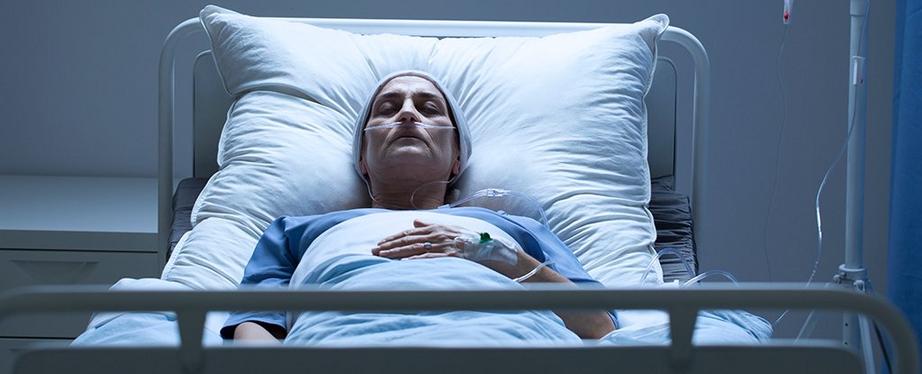Scientists have revealed what your brain really does when you're unconscious
One of the greatest mysteries in neuroscience.
Of all of the brain's functions, it's probably fair to say its ability to produce consciousness is the most challenging for us to make sense of.
To better understand how our grey matter accomplishes this perplexing task, researchers from the University of Michigan's Center for Consciousness Science have taken a closer look at what the brain is doing when it's drifting into unconsciousness.
Right now, you've chosen to click on this article, run your eyes down the page, and decide whether to keep reading or not.
Meanwhile there might be voices chattering nearby, the sensation of a chair beneath your legs, and a rumbling in your stomach ... none of which you were thinking about until you read it here.
Whatever makes you aware of these things and allows you to govern responses at will, it's clearly got something to do with the brain. Beyond that, there's still a lot we don't know with confidence.
One way to investigate the subject is to compare the conscious state with the unconscious one, such as when we're knocked out before surgery.
Without giving it too much thought, we might assume being unconscious is a little like flicking a switch, turning off our awareness by shutting down key areas of our nervous system.
Anesthesiologist George Mashour doesn't think that's the case at all.
"I published a theoretical article when I was a resident in anesthesiology suggesting that anesthesia doesn't work by turning the brain off, per se, but rather by isolating processes in certain areas of the brain," says Mashour.
Like any good scientist it wasn't enough to speculate – Mashour wanted to put his hypothesis to the test.
So with several teams of researchers he conducted a variety of investigations to see exactly what was happening across the brain as it shifted between conscious states.
In the first study, Mashour and his colleagues monitored blood flow in certain nervous tissues using functional MRI scans, comparing the measurements in 23 patients who were either sedated, undergoing surgical anesthesia, or in a vegetative state.
They specifically looked at the timing across areas of the brain as they coordinated incoming information. What they found indicated that some areas seem to chat more to themselves as the timing of communications stretched out.
"We showed in the early stages of sedation, the information processing timeline gets much longer and local areas of the brain become more tightly connected within themselves," says the study's senior author anesthesiologist Anthony Hudetz.
The second study took on the challenge of measuring how that information actually integrates in the brain.
To quantitatively describe that measure of integration, a research area known as integrated information theory (IIT) uses a value designated by the Greek letter phi. It's thought that in the brain, phi corresponds with consciousness in some way.
Nailing down that figure isn't a simple pursuit, so the researchers broke down the task into more manageable, practical steps based on electroencephalogram (EEG) readings.
"We demonstrated that as the brain gets more modular and has more local conversations, the measure of information integration starts to decrease," explains physicist and anesthesiologist, UnCheol Lee.
The results from those two studies suggest phi – the measure of integration of information – shrinks as the timing of communications across the brain's disparate regions also shrinks, and their activity turns inward.
In their final report they reviewed their results against the latest literature, summing up their understanding of how our brains function during sleep, general anesthesia, and disorders of consciousness.
"We found that during unconsciousness, disrupted connectivity in the brain and greater modularity are creating an environment that is inhospitable to the kind of efficient information transfer that is required for consciousness," says Mashour.
While it still leaves plenty of unanswered questions, the work does more than just point the way to how consciousness arises from a healthy brain; it could help us better distinguish when unresponsive patients are still aware.
It's increasingly becoming clear that the difference between consciousness and unconsciousness is far more complicated than we realised.
And knowing more about the processes that make us awake and aware could help us one day solve one of the brain's most puzzling talents - the very existence of consciousness.
This research was published in the Journal of Neuroscience, Frontiers in Human Neuroscience, and Trends in Neurosciences.

